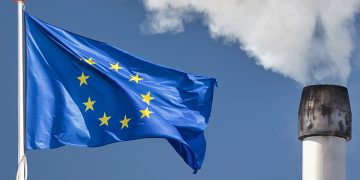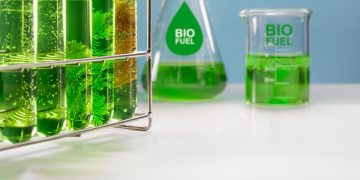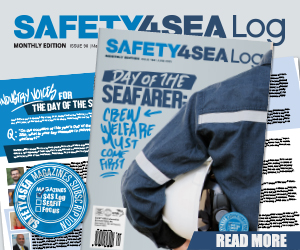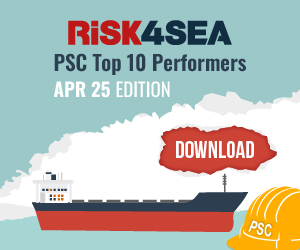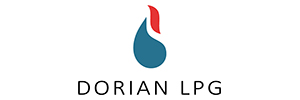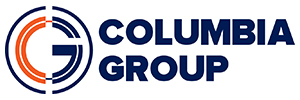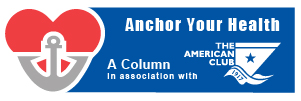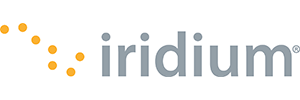LNG-powered Ecoliner delivers dramatic fuel savings
Damen Shipyards Group launched the first LNG-powered Damen EcoLiner inland shipping tanker at its Romanian yard. The EcoLiner is developed to deliver much-needed fuel economy for inland shipping operators while at the same time cutting emissions. The EcoLiner design combines conventional, proven engineering with sustainable innovations, including the world’s first installations of the ACES Air-Lubricated Hull, a gas-electrical shaft propulsion system and one of the first Van der Velden FLEX Tunnel installations. The pioneering vessel dramatically reduces fuel costs by up to 25%. The European Union, following its ambitious goal towards greening the transport sector, co-finances this project from the Trans-European Transport Network Programme with more than €1.1 million as part of the project “LNG Masterplan for Rhine-Main-Danube”. Damen recently completed comprehensive tank testing of the new design at research institute MARIN, which confirmed the EcoLiner’s efficiency. Simon Provoost, Product Director Inland Waterway Transport at Damen Shipyards, says testing how the design combined multiple innovations was very important so that Damen could offer the 3,040 m3 capacity EcoLiner to the market with utmost confidence. “After successfully testing at MARIN, we can now complete the build in the Netherlands and we’re talking with a number of interested parties. Fuel accounts for ...
Read moreDetails












